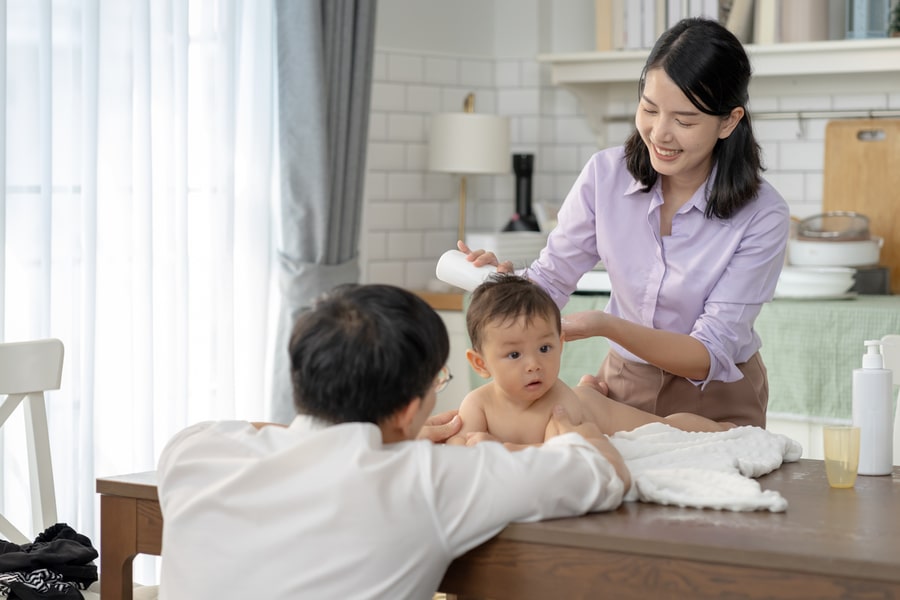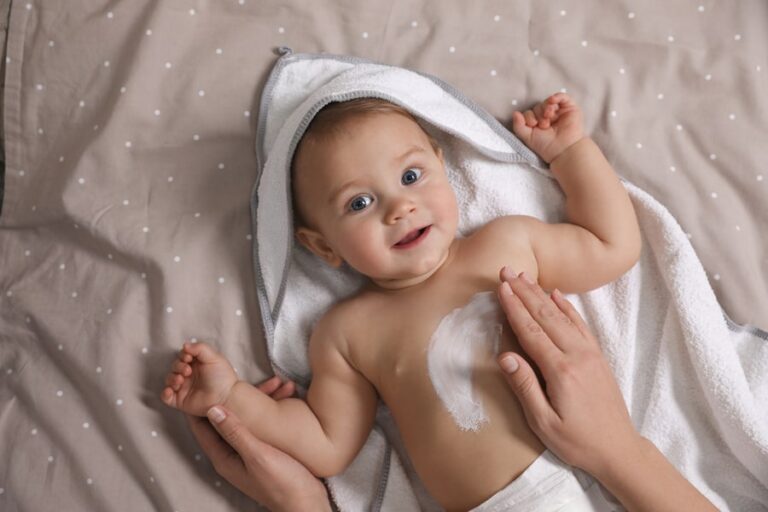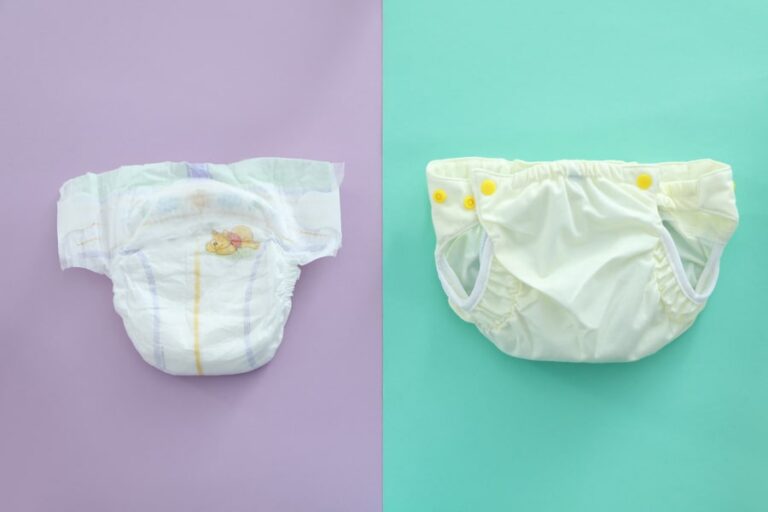Changing diapers is an essential part of baby care and plays a significant role in maintaining your baby’s skin health and comfort. Following proper hygiene practices during diaper changes helps prevent infections, diaper rash, and irritation while ensuring that your baby stays clean and happy. In this article, we will outline the correct steps for diaper changing and the best hygiene habits to adopt.
1. Wash Your Hands Before and After Changing the Diaper
Before starting the diaper change, wash your hands thoroughly with soap and water, or use a hand sanitizer if water is not available. Once you’re done, clean your hands again to prevent the spread of germs and bacteria.
2. Prepare All Necessary Supplies in Advance
To avoid leaving your baby unattended, gather all the necessary items before starting. These include a clean diaper, baby wipes, diaper rash cream, and a change of clothes if needed.
3. Clean the Diaper Area Properly
Use fragrance-free baby wipes or a soft cloth dampened with warm water to gently clean your baby’s skin. Always wipe from front to back to prevent bacterial infections, especially for baby girls.
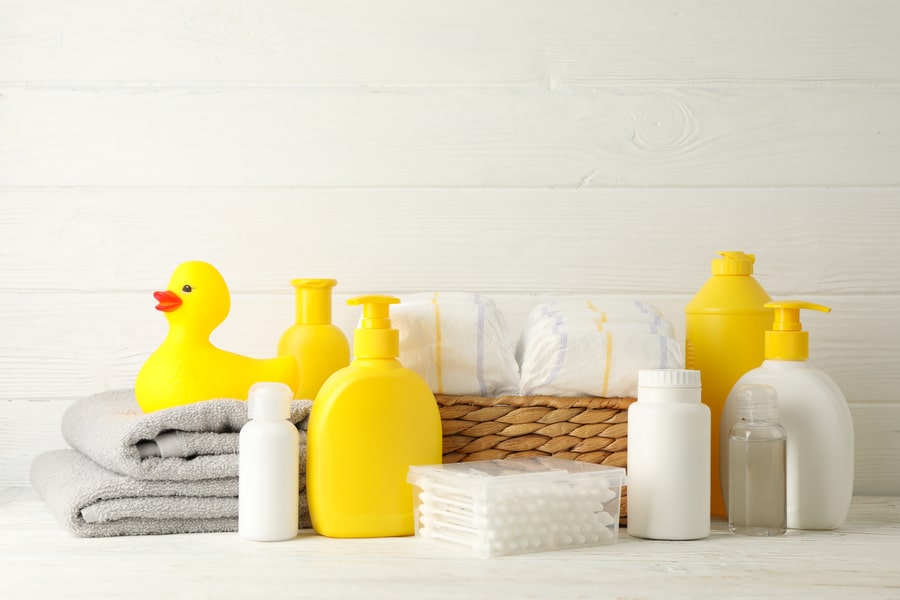
4. Ensure the Skin is Dry Before Putting on a New Diaper
Excess moisture can lead to irritation and increase the risk of diaper rash. After cleaning, gently pat the skin dry with a soft towel or allow it to air dry before putting on the fresh diaper.
5. Apply a Diaper Rash Cream if Needed
If your baby has sensitive skin or is prone to diaper rash, apply a thin layer of diaper rash cream to protect the skin from moisture and friction.
6. Choose the Right Diaper for Your Baby
An ill-fitting or low-quality diaper can cause leaks and skin irritation. Make sure to choose a comfortable diaper with the right size and good absorbency to keep your baby dry and comfortable.
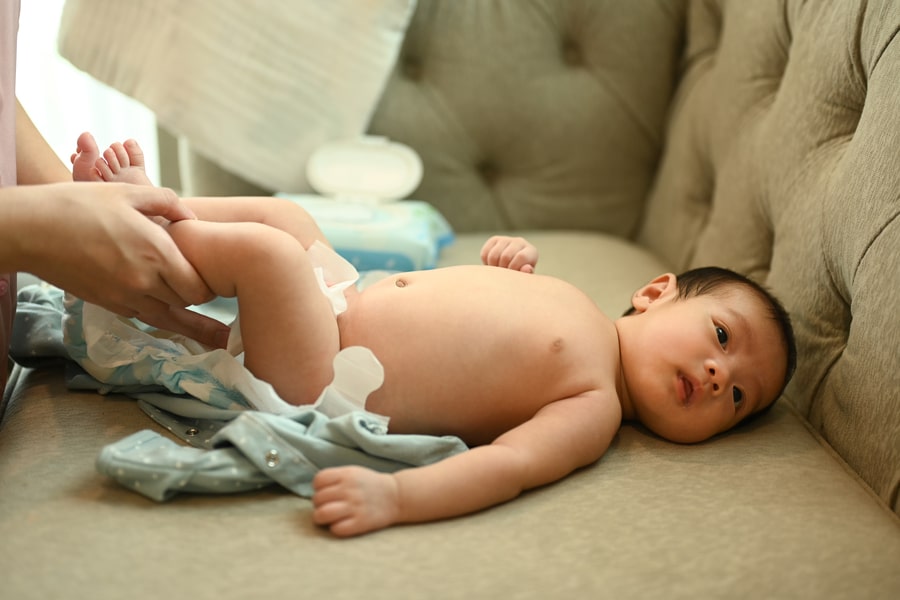
7. Change Diapers Regularly
Don’t wait until the diaper is completely full—change it frequently, especially after feedings or when you notice wetness or an odor. Keeping your baby dry helps prevent rashes and discomfort.
8. Maintain a Clean and Safe Changing Environment
Always change your baby’s diaper on a clean and comfortable surface, ensuring that no hazardous objects are nearby. When outside, use a portable changing pad to protect your baby from dirty surfaces.
9. Dispose of Used Diapers Properly
After changing, tightly roll up the used diaper and place it in a disposable bag before discarding it in a trash bin. Make sure to keep the diaper bin sealed to prevent odors and bacteria from spreading.
10. Engage with Your Baby During Diaper Changes
Make diaper-changing time a positive experience by interacting with your baby. Talk to them gently, sing a song, or play peek-a-boo—this strengthens your bond and helps your baby feel secure and relaxed.
Conclusion
Following good hygiene practices while changing diapers is crucial for keeping your baby clean, healthy, and comfortable. By maintaining a consistent diaper-changing routine and ensuring proper cleanliness, you can effectively prevent rashes and infections while creating a safe and happy environment for your little one.
